Apollo Remastered: how 35,000 NASA photos were breathtakingly restored
Andy Saunders, restorer of NASA's most iconic Apollo footage including Neil Armstrong's moonwalk, has just released new book
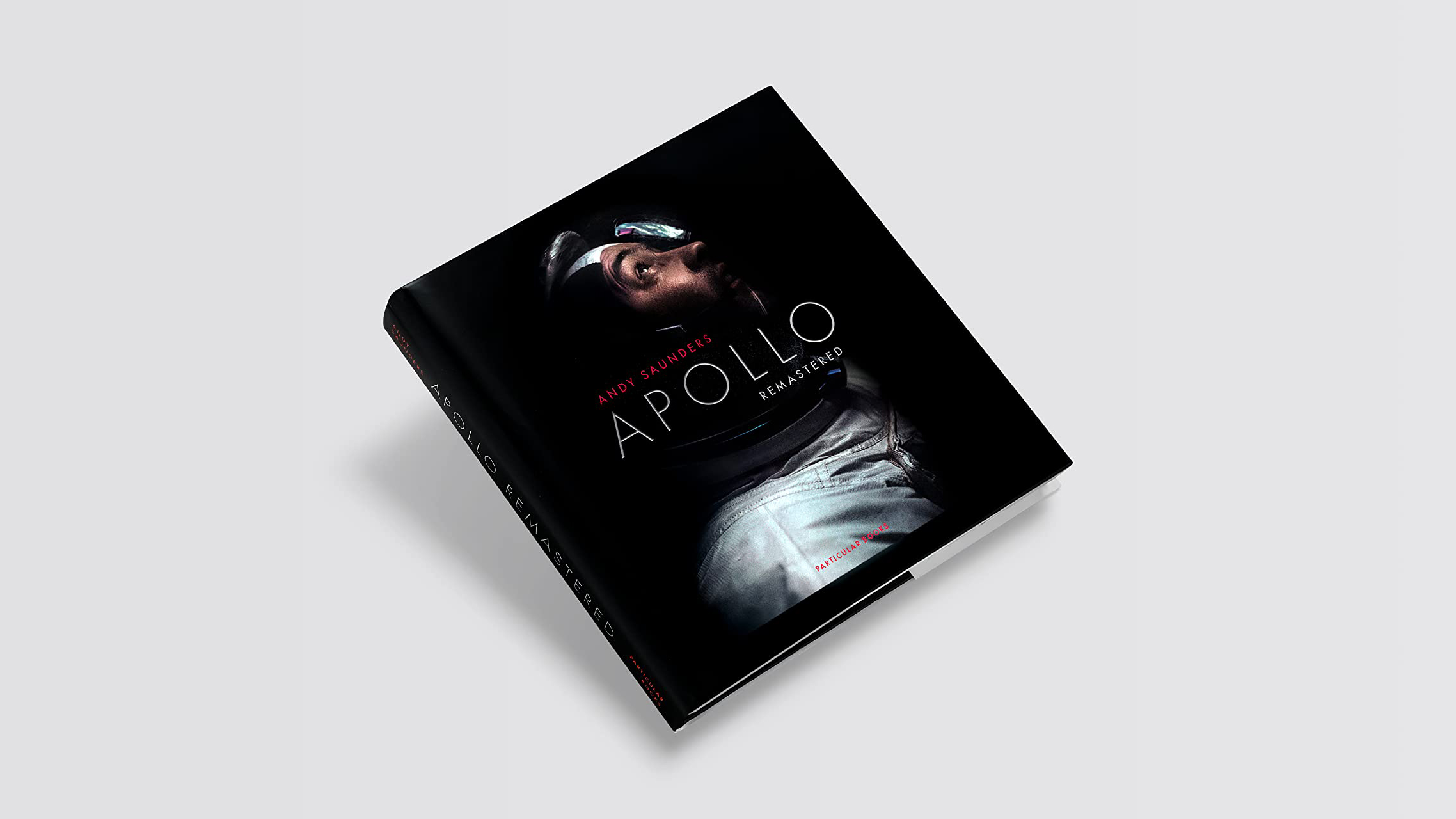
Imagine if you could go back in time and recreate high-resolution images from some of humanity's most iconic moments. And imagine if those were moments you'd been passionate about since you were a small child, gazing on with fascination as the events unfolded.
That's exactly what image restoration expert and Apollo obsessive Andy Saunders has been doing for the last few years, as he works through a back-catalog of thousands of stills and footage from the NASA Apollo missions to create stunningly clear and colorful reproductions.
Taking newly available digital scans and applying painstaking care and cutting-edge enhancement techniques, Andy has created the highest quality Apollo photographs ever produced, including exclusive spacewalks and crystal-clear portraits of astronauts, and genuinely breathtaking new visions of the Earth and the Moon, which offer reflection and insight into one of humankind's greatest endeavors.
• Discover the best cameras for astrophotography
To coincide with with the 50th anniversary of the last steps taken on the Moon, Andy's lovingly restored NASA photographs feature in a new book called Apollo Remastered. Lucky enough to get my hands on a physical copy of the book, I discovered just how much thought has gone into the design and production.
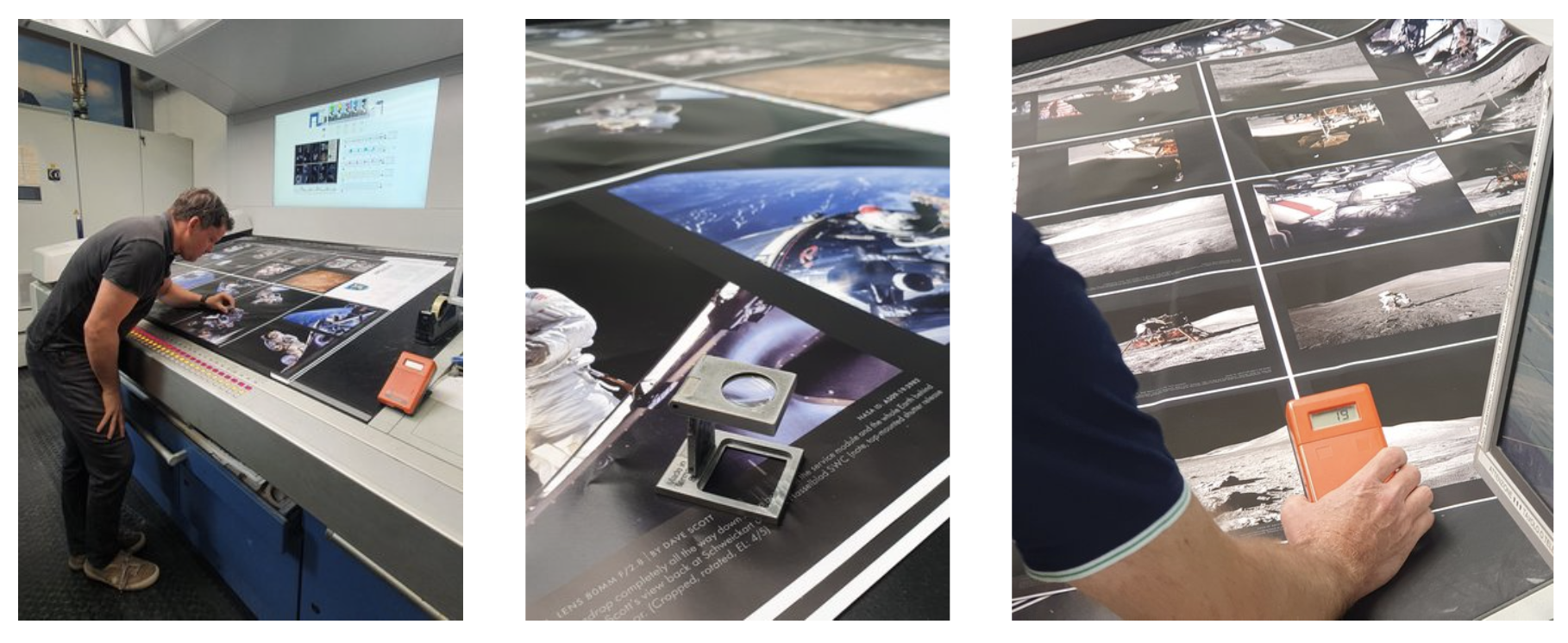
Apollo Remastered includes panoramic shots that have been seamlessly stitched together and presented across two pages, while pull-outs are included throughout to help you visualize the lunar landscape. The Apollo missions from 7 to 17 are covered chronologically, but technical photographers should also enjoy the chapters covering the history of space photography, the development of specialist photographic equipment and details on the scanning and digital processing techniques that Andy used to remaster the images (more below).
Space (a vast and unimaginably large subject to talk about with just one word) seems to having a bit of a renaissance. In July, NASA released its first images from the James Webb Space telescope and showed us the deepest, most beautiful views of the universe we've ever seen.
Get the Digital Camera World Newsletter
The best camera deals, reviews, product advice, and unmissable photography news, direct to your inbox!
• These are the best film scanners
For the launch of Apollo Remastered, I spoke to Andy Saunders to find out more about this landmark film to digital project. From the first views of the curvature of Earth, to setting foot on the Moon, and the last steps on the Moon during Apollo 17, Apollo Remastered is truly out of this world.
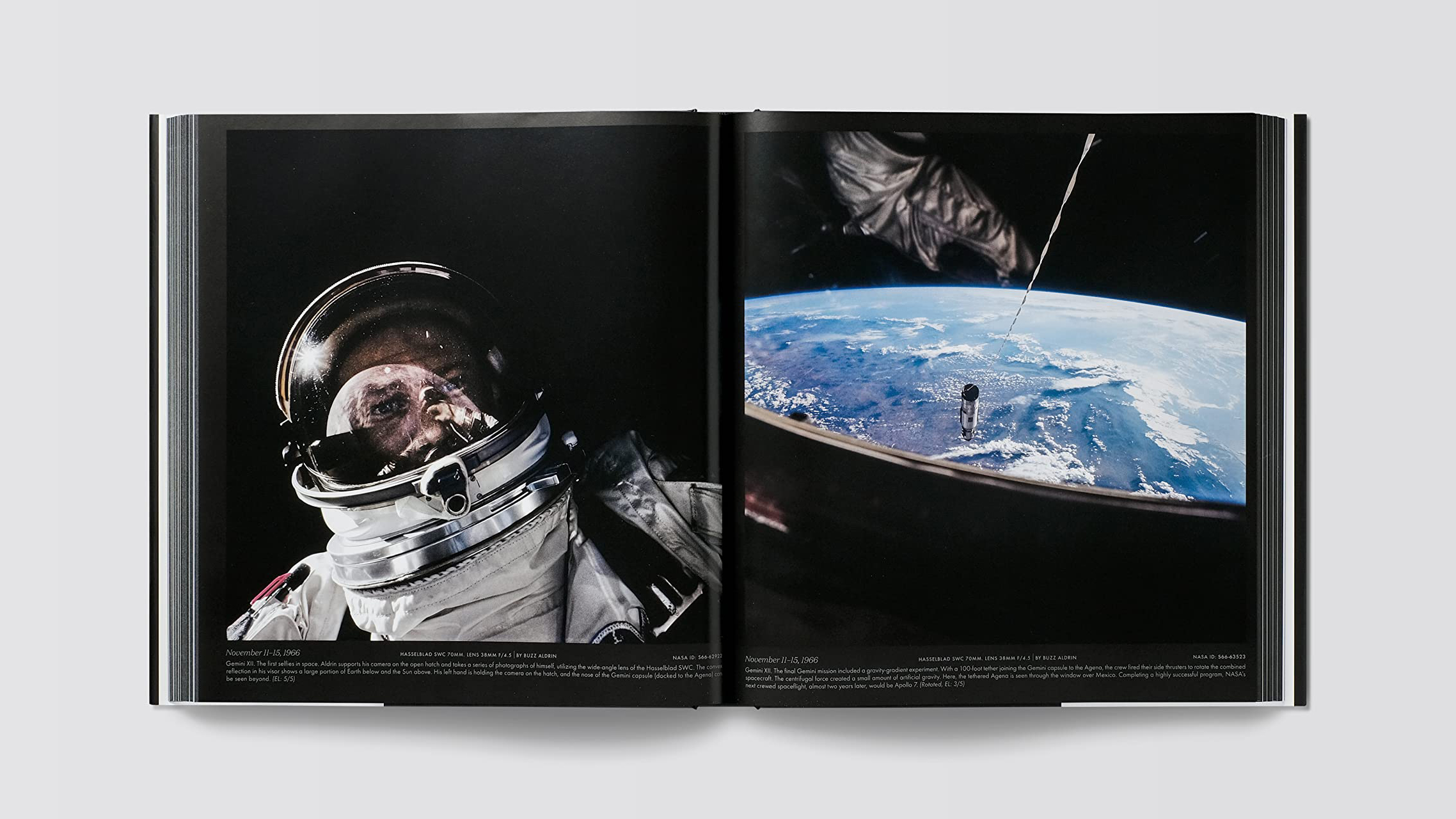

British-based Andy Saunders is an author, science writer, and an expert when it comes to digital photo restoration. His photographic work has appeared internationally, and regularly features in the headlines from the likes of BBC news and the New York Times. Andy's career began in management consultancy, but he found a way to combine his passion for photography and the Apollo missions, and began restoring old film footage depicting NASA's human space exploration. His latest book, Apollo Remastered has just been published by Penguin, and offers more than 450 pages of awe-inspiring imagery from the NASA archive.
Hi Andy. Could you tell us how the idea for Apollo Remastered came about?
It was really born out of a desire to see a photograph of one of the most important moments in history – Neil Armstrong on the Moon – and the frustration that this effectively did not exist (Armstrong held the one and only camera). I decided to try and apply a complex digital processing technique, including image stacking, to multiple frames of the 16mm ‘movie’ footage to effectively create the image that was missing from the history books. As I started to process it, I simply could not believe the level of detail I was able to reveal. I could see fine detail even down to his eyelid, through his helmet – and it was recognizably Armstrong. As I was processing it, and the image became clearer, I almost felt like an archeologist brushing the dust off some long forgotten artefact. I was hooked!
I released it for the 50th anniversary of Apollo 11. It was front page news and is regarded as the only clear, recognizable image of Neil Armstrong on the Moon.
I then properly assessed the whole back-catalog of Apollo imagery and found that it was inconsistent, and universally of a quality not befitting the technical capability of the original photographic equipment and film, nor the film’s historically significant content. This is mostly due to the fact that everything we’ve ever seen from Apollo has been based on duplicate film. Or copies of copies of copies of the ‘dupes’.
Having developed the techniques and now having the Holy Grail available (the original flight film, no more duplicates) for the first time in almost half a century, I made the decision that I simply had to undertake this project. NASA wasn’t doing it and nobody else was, so I put my career and business commitments on hold indefinitely and started working through the 35,000 stills and every frame of the 10 hours of ‘movie’ footage.
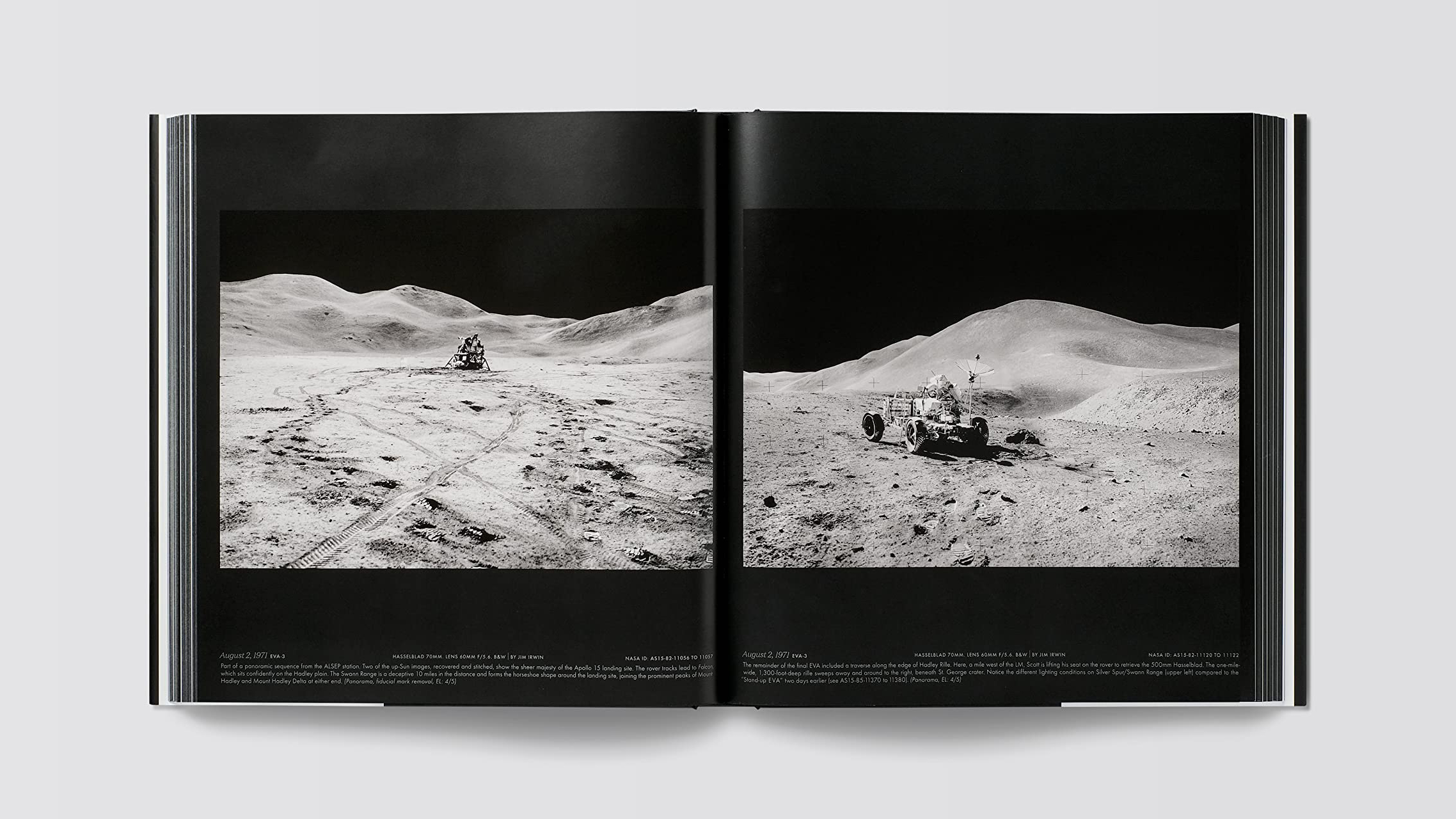
What's your background in photography?
I’ve had a lifelong passion for photography ever since I was wowed by seeing a polaroid being taken in a neighbor’s garden back in the late 70’s. I was always one for making collections and albums and remember the desperate disappointment when collecting my films from the developers and finding they didn’t turn out well. Back then I thought those moments were effectively lost forever, but now, with digital processing we can recover so many images that would otherwise end up on the cutting room floor - even from old film.
I have always enjoyed taking photographs too. I guess I was somewhere between a serious amateur and a semi-professional for a time, but since then I’ve switched my focus to remastering film.
Have you always been interested in the Apollo missions?
Oh I’ve had a bit of an obsession with the Apollo Missions and with the Moon since childhood. As with many little boys, I thought rockets were pretty exciting things and the Moon itself had it’s own particular draw for me – it seemed like the ultimate destination and when I learnt people had actually been there I just had to know everything about it. Who were these people? How did they do it? What did the rocket look like? What did the spacecraft look like? What was it like to walk on the Moon!?
As I’ve got older that child-like fascination has never really left me but now it’s more a growing appreciation for just how amazing an achievement this was – especially the further back in time these events go – now over 50 years!
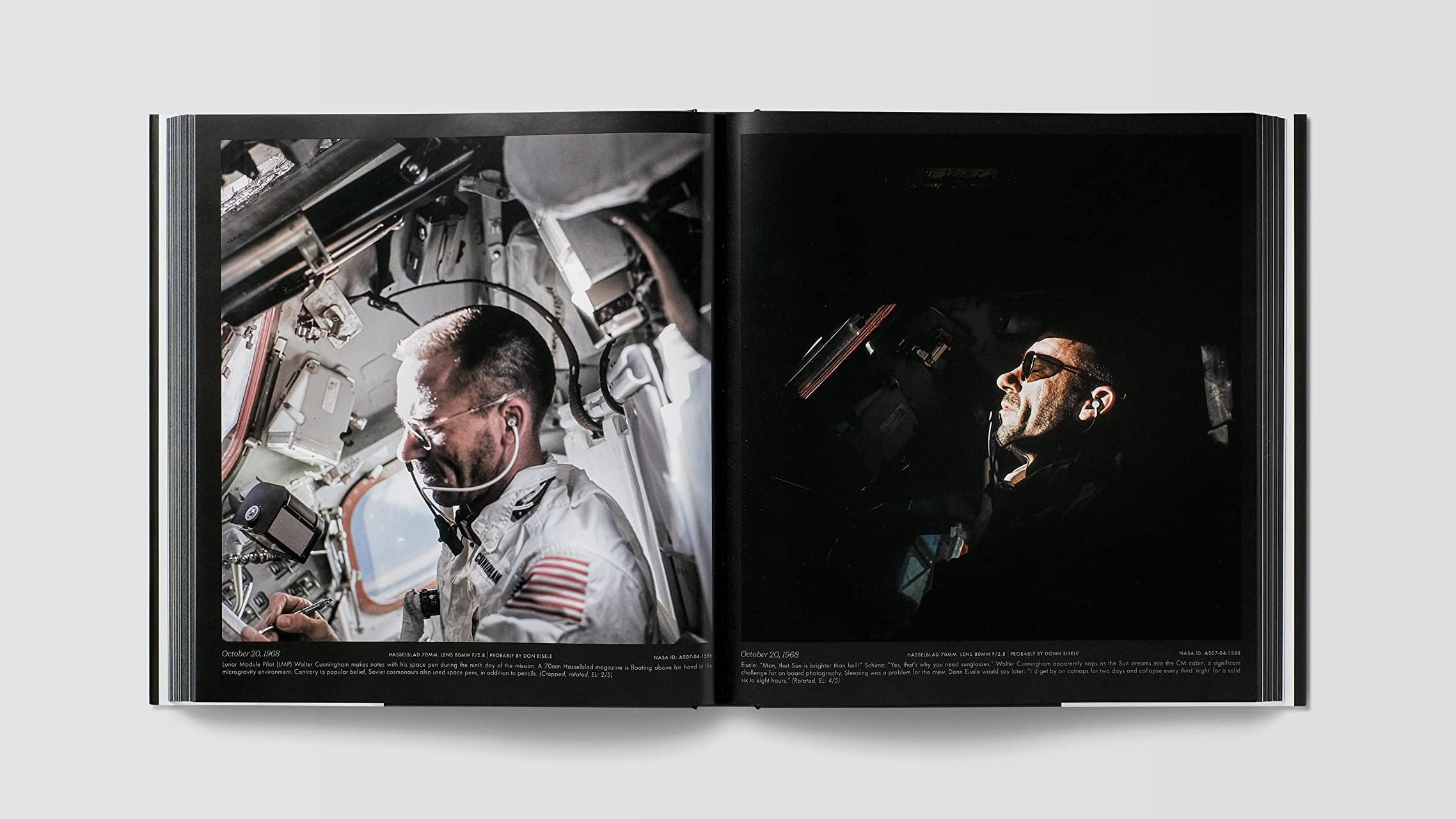
How did you turn the film reels into digital images?
The RAW output from the digital scan of a 70mm Hasselblad frame, is a huge 1.3GB, 16-bit TIFF file, 11,000 pixels square, but they’re still essentially a digital photograph of a piece of analog film. So although they contain an incredible amount of information, they require a significant amount of careful processing to tease out the detail and produce a well balanced image.
The transparencies were developed for an analog world, not for digital scanning – and the raw scans typically show an apparently significantly underexposed image. Boosting the levels however, brings out a whole host of unwanted artefacts and large areas of lower contrast, for example. Several techniques are applied to subdue these unwanted artifacts and create a balanced frame. Some of the key processing techniques subsequently applied include local level and contrast adjustments, noise reduction, and digital removal of contaminants that were not removed during film cleaning, prior to the scan.
I want the reader to feel like this is as close as they can get to stepping on the Moon themselves. I want them to see exactly what the astronauts saw. Presenting an accurate record is also extremely important as this is historical footage. A huge amount of research went into understanding the visual in space and on the Moon, including studying the mission transcripts / tape recordings from the air-to-ground transmissions to understand how the astronauts viewed things at the moment the photographs were taken. I’ve also been lucky enough to have some of those select few humans who made these journeys, who actually took the photographs, critique the remastered images to ensure they represent what they witnessed.
The astronauts talk of the deepest black imaginable, contrasted with the brightest, white, unfiltered sunlight – i.e. enormous contrast and dynamic range. In the airless environment there is no atmospheric haze and so the horizon is just as clear as at the astronauts feet. And understanding influences on color is very important - from color casts on the film itself, to the Sun angle that affects the color of the lunar surface, to the type of window they shot through and the source of any reflected light. Understanding how far to push the processing is key, because digital processing is so powerful.
For the 16mm ’movie’ film, I apply an unusual stacking technique, often utilized in astrophotography, before processing the output. I separate out potentially hundreds of frames of the movie footage and align and stack them to improve the signal / noise ratio. It’s an incredibly powerful technique and the results never cease to amaze me. I had to further develop and adapt this technique however, to take account of lots of movement within the frame. For some of these, there are over 1,000 image samples from hundreds of separate frames to produce the final image.
How long did each photograph take to process?
The stills from the Hasselblads take anything from a few hours to a day. Although those that are in a poorer state are more like restorations (such as the cover shot) and can take a couple of days or more to perfect. The panoramas typically take a day or more as I have to remaster each of a number of frames and then I ‘manually’ stitch these – I don’t use any automated software for this as they’re just never absolutely correct, and as it’s historically important imagery I want to ensure I know exactly what is going on.
The 16mm stacked images, particularly if there’s a lot of camera movement typically take days. It’s such a laborious process but the reward is an image and detail of a really historic moment that’s never been seen before.
A post shared by AndySaunders-Apollo Remastered (@andysaunders_1)
A photo posted by on
Do you have a favorite image from the collection?
It’s so difficult to choose, I like many for many different reasons. They took 35,000 so even whittling those down to 400 hundred for the book was a near impossible task. There are images of historical significance, images that reveal something entirely new, images that instantly convey the awe inspiring nature of human space exploration and there are so many that are simply stunning – what better subject matter than fellow humans doing extraordinary things with the backdrop of 1960s spacecraft and scenes that are literally other-worldy? There are also the panoramic shots that show the scale and grandeur of the lunar landscape.
But I think it’s the moments that capture the human side to the missions, these intimate, candid moments that I’ve managed to reveal are my favorites. The Armstrong image will be difficult to beat because of historical significance but the photograph on the cover has it all - it’s such an atmospheric, cinematic portrait and it’s an image that was in such a bad state before, so has rarely been seen. And it’s also a very historic moment as he’s undertaking the world’s first docking in space (with an internal transfer of the crew).
Did you always intend to create a book with the images?
I didn’t really know what I’d do with them once I’d finished the project. I send some back to NASA and they use them for their own content and many were published in magazines and newspapers. I posted a lot to social media, and still do, and it was here that people started to suggest that they’d be great as a collection in a book – ‘the ultimate photographic record of Apollo’ if you will. It was a great idea because it gave me the opportunity to add the context of the images via captions.
I researched the air-to-ground transmissions and tape recordings from the missions to pinpoint exactly when the photographs were taken so I could determine the chronology, who took the photo, what we can see in it and pertinent quotes from the astronauts at the moment they took them. It really helps put the images, including some of the most iconic and reproduced photographs ever taken into even more context.
A post shared by AndySaunders-Apollo Remastered (@andysaunders_1)
A photo posted by on
What would you like people to take away from Apollo Remastered?
My main goal in taking on the project was to ensure these hugely important images could be viewed in their best possible state. With the proliferation of images online, the copies of duplicate film are now further copied again and again with ease, leading to lower and lower quality images. And these images are being seen by more and more people. Things should get better, not worse and the new scans of the original film, plus the techniques I've honed over time provide the opportunity to see these amazing moments and sights like never before.
I want people to feel as though they can step on board the spacecraft, to see inside, and ride along on these greatest ever human expeditions. To be able to look through the windows the astronauts looked through, see what they saw. This may be as close as any of us will ever get to stepping on the Moon ourselves.
I hope people will view them and be inspired to learn more about early human spaceflight, and that there was more than just Apollo 11! They will also hopefully look forward to our return to the Moon and beyond in the not too distant future with a new level of excitement, and appreciation of just how hard it is.
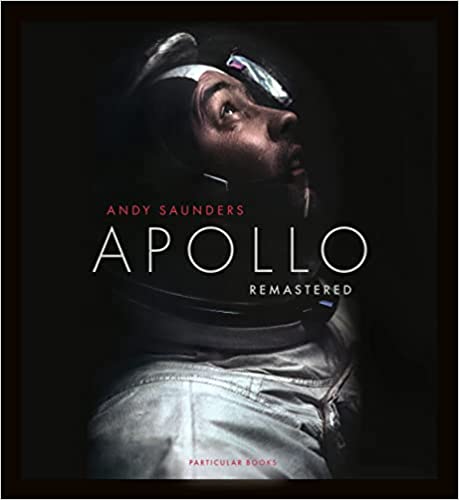
Apollo Remastered is available now in the US and UK, at all major booksellers. A beautiful large format book, it covers every Apollo mission from Apollo 7 to Apollo 17, and there are 400 pages of insightful photographs and captions.
Buy Apollo Remastered on Amazon (UK)
Buy Apollo Remastered on Amazon (US)

Lauren is a writer, reviewer, and photographer with ten years of experience in the camera industry. She's the former Managing Editor of Digital Camera World, and previously served as Editor of Digital Photographer magazine, Technique editor for PhotoPlus: The Canon Magazine, and Deputy Editor of our sister publication, Digital Camera Magazine. An experienced journalist and freelance photographer, Lauren also has bylines at Tech Radar, Space.com, Canon Europe, PCGamesN, T3, Stuff, and British Airways' in-flight magazine. When she's not testing gear for DCW, she's probably in the kitchen testing yet another new curry recipe or walking in the Cotswolds with her Flat-coated Retriever.
